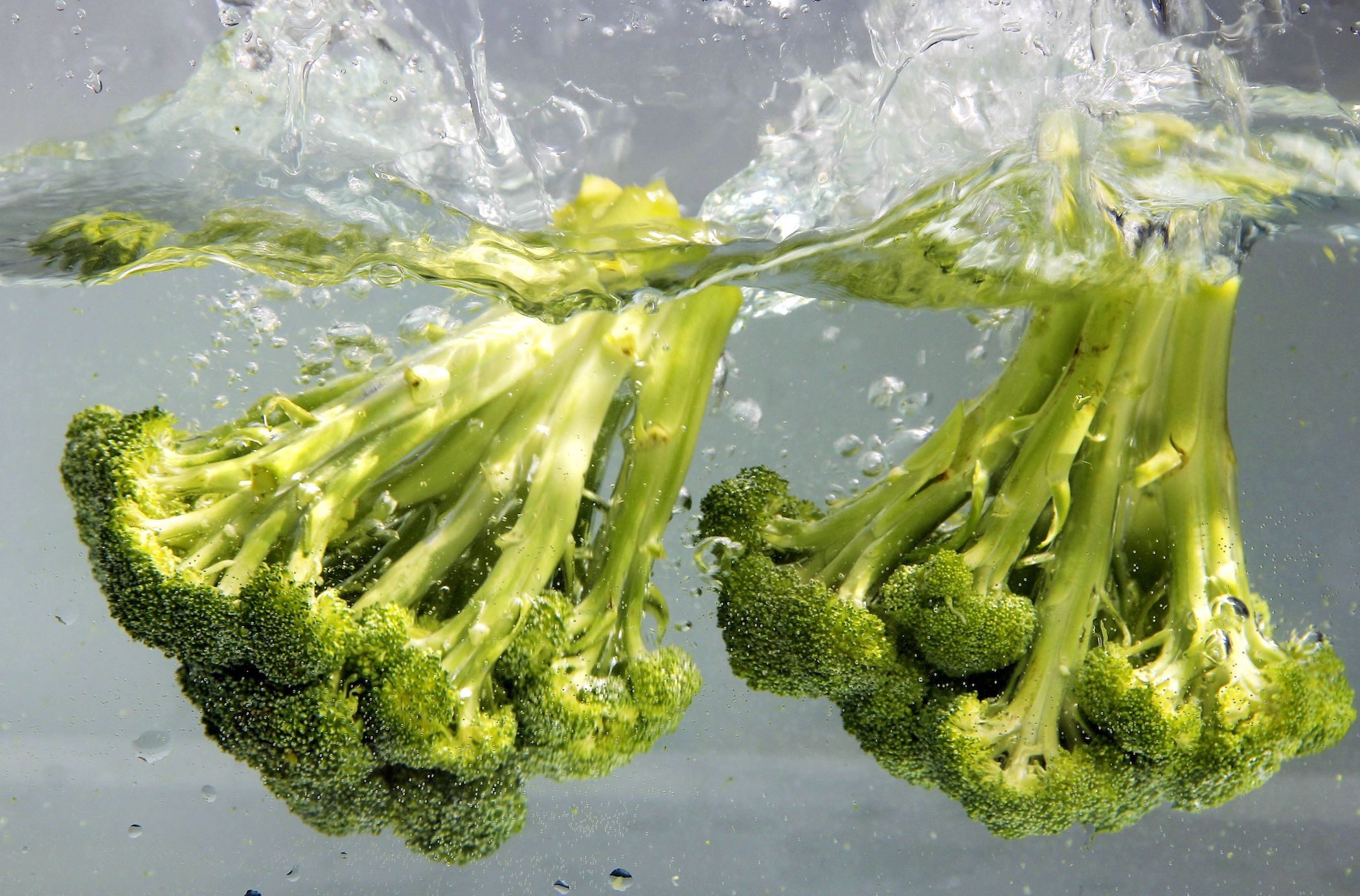
Fiber helps with digestion, stabilizes blood sugar, balances out gut bacteria, and has been shown to regulate chronic disease markers. Found in plant based foods, make sure you have a basic understanding of fiber’s role in your digestive health.
Fiber can be broken down into two categories: soluble and insoluble. Different foods will promote different chemical reactions inside of your digestive track. Soluble fiber is easily dissolved in water and transforms into a gelatinous form that helps control the rate at which nutrients are digested and absorbed into your blood stream. Broccoli, zucchini, apples, grapefruit, and oatmeal are good examples. Insoluble fiber pretty much stays in tact, playing a tremendous role in absorbing excess waste and fluids and is it passes through your digestive tract. This helps aid in regular movements. Good examples of insoluble fiber are dark leafy greens like kale or collards, the skins of fruits and vegetables, and nuts and seeds.
Eating a diet of real foods provides a variety of health benefits. Most importantly, both forms of fiber act as feeding grounds for healthy bacteria. The more plant based foods you eat, with a mix of both fibers, the healthier you will be. It’s no surprise that a diet high in plant based foods and fiber has a positive impact on chronic disease markers. Cholesterol, blood sugar, digestion, and nutrient absorption are all better regulated with a diet founded in real foods. Processed foods loaded with sugar and refined grains have the opposite effect on our digestive tract, promoting unhealthy bacteria growth and a break down in optimal absorption and passage.
Vegetables are going to be the best source of fiber and will always have the most nutritional bang for the buck. Eating a wide variety of vegetables and fruits acts as a nutritional foundation, providing vitamins, minerals, and both types of fiber. True whole grains can also provide benefit, but be careful. Many processed cereals and breads will represent as “high in fiber” but are packaged as refined carbohydrates with many additives (p.s. check the sugar!). Take the extra ten minutes to boil your own oats or brown rice and experience a nice compliment to your whole food lifestyle.
Here’s some tips to keep in mind:
- If you’re aiming for 6-8 servings of vegetables and fruits, you’re going to get a nice mixture of soluble and insoluble fiber.
- Avoid highly processed cereals, crackers, and breads. Make your own whole grains to compliment your meals and vary your fiber sources.
- Make sure to get 6-8 glasses of water each day. Proper hydration plays a huge role in digestion and absorption.
- Give your body time to adjust to a healthy diet. If you’re used to a diet high in processed grains and sugar, it will take time for your intestines to adapt to real food. Be patient and make healthy changes slowly. It will be worth it.

